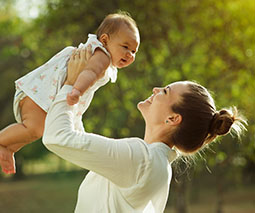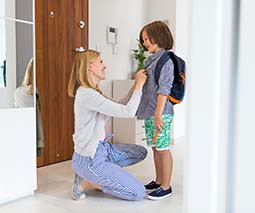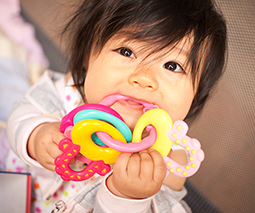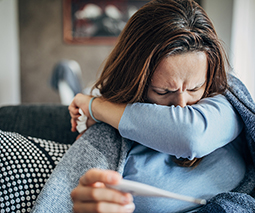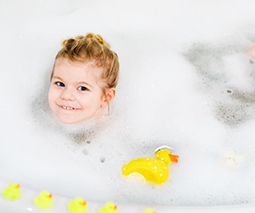4 steps for connecting with your anxious child
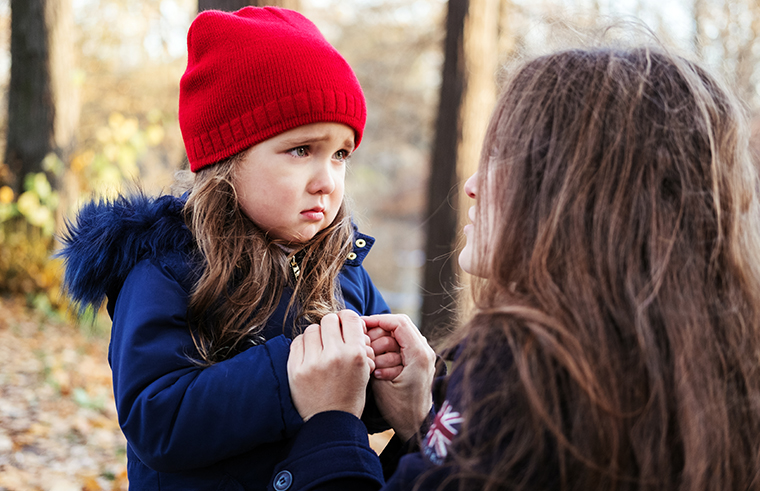
As a parent, there’s nothing worse than seeing your child upset. When your child has anxiety, these feelings are amplified.
“We already know that anxiety has nothing to do with strength, courage or character. It picks a target and it switches on,” said child development expert Karen Young.
“When that target is a child or teen, it can be particularly distressing, causing problems with sleeping, eating and missed school from unexplained illnesses such as sick tummies or headaches.”
4 steps for connecting with your anxious child
Karen said there are three important steps to start with:
- Don’t talk them out of it: Resist saying “It’ll be fine”. Instead, reassure them that you understand, and get them to explain to you how it feels.
- Normalise it: Explain that lots of people feel anxiety for lots of different reasons and that it’s completely okay to feel it.
- Give it a name: Ask your child what they think of when the anxiety feelings come on, and get them to give it a name. Naming makes it less confusing and they feel greater control.
- Breathe: Deeply and slowly. Hold your breath just for a second, between breathing in and breathing out. Make sure the breath is going right down into your belly – not just into your chest. Do this about 5 to 10 times.
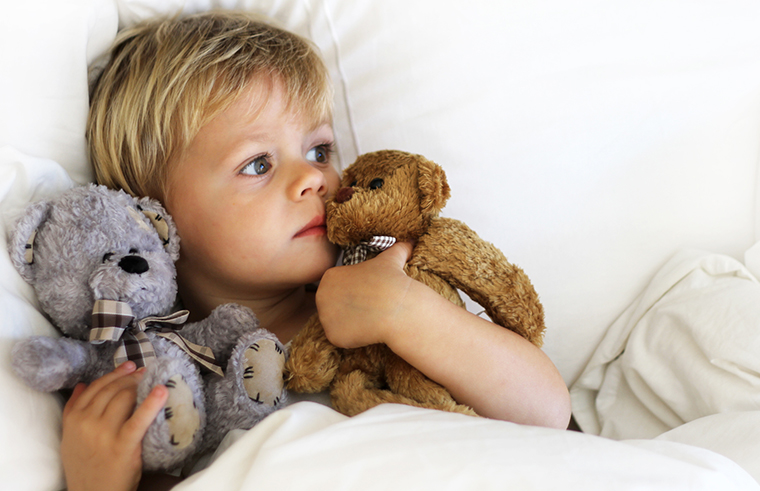
In a recent Facebook post, we asked parents to share some of the ways they’ve come up with to help their little ones cope with big feelings.
These three tips from a mum, Natalie, that she uses with her little boy are relatable and readily accessible:
- “[I let him] pick something important from home (usually a favourite book), and keep in his bag so he could go and get it whenever he needed to. And something special to keep in his pocket – like my library card or a coin or a photo – something he needed to take care of, a responsibility, that also gave him a sense of me or his dad.”
- “On arrival, I would walk with him around the different places and spaces he would/could be spending time. We would talk about what was there and what was interesting. We would choose a spot that could be his special place whenever he felt like he wanted some time to himself.”
- “We also regularly practice calming techniques for when he feels worried. [I ask him to] tell me five things he can see, four things he can touch, three things he can hear, two things he can smell, and one thing he can taste.” Natalie also practices an easy breathing technique with her son: “Breathe in cool air through your nose and fill your tummy with air like it’s a big balloon, now breathe warm air out your mouth. Cool air in, fill the balloon, warm air out. Repeat. We have done different versions of this type of meditation from a very early age, and it always works brilliantly.”
Listen together
In calmer moments, it can also be great to listen to our experts talk through some of their most effective strategies for fighting off the anxious feelings.
Here are some of our favourite chats with parenting experts on helping kids with their fears and anxieties:
- How to manage anxiety in children Child development expert Karen Young talks to Shevonne Hunt on this episode of Feed Play Love about how to compassionately work through anxiety with your child.
- How to create an anxiety-free space in your home: Knowing what triggers your child’s anxiety is helpful, but you can’t always control those triggers. Maggie Dent shares her tips for creating a home space that buffers the anxious brain.
Whatever path you take, just know that being available to your child to talk through their feelings is the most important thing.
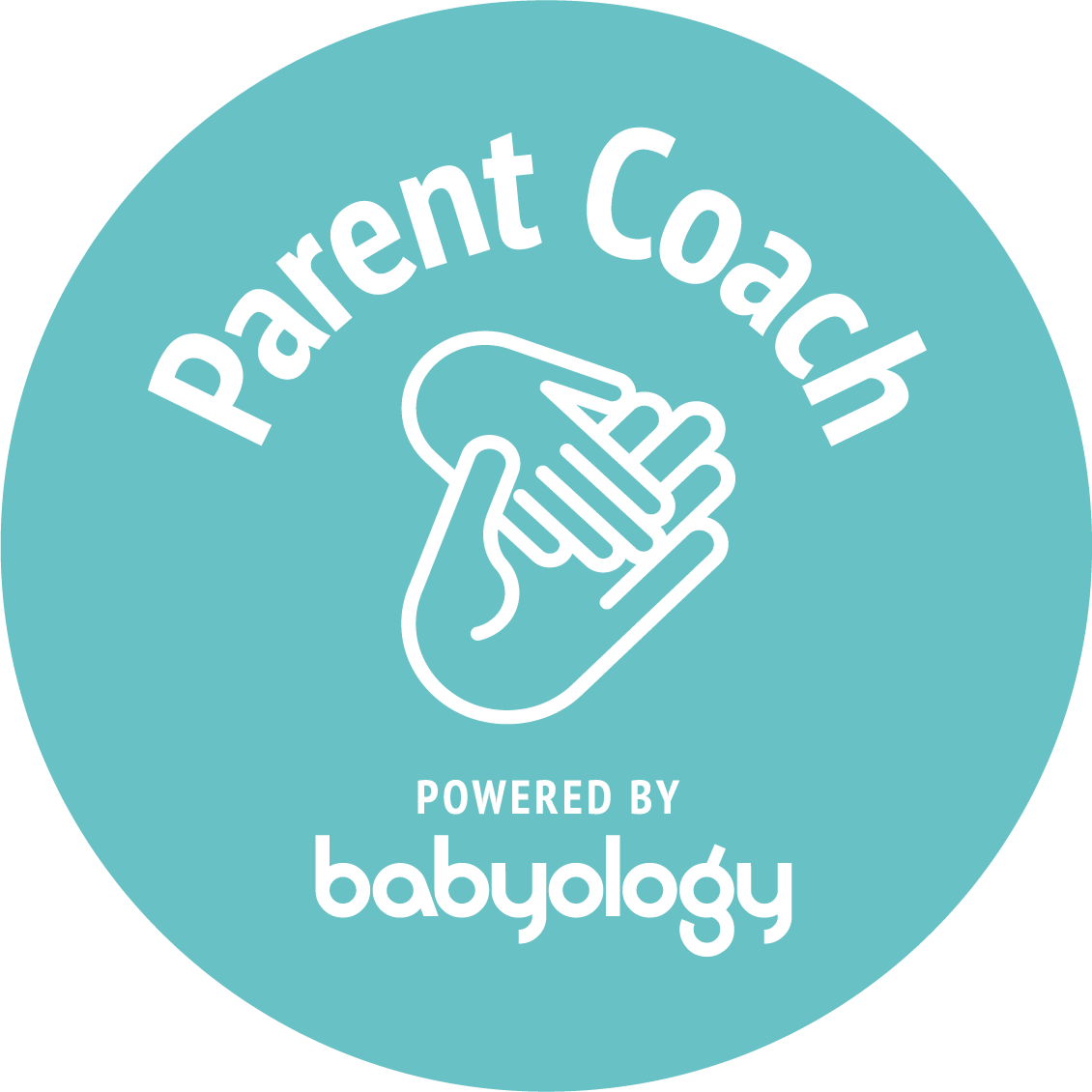 Need some support to be the best parent you can be? Our Parent School parent coaching experts can help. Click to find out more or book a one-on-one session.
Need some support to be the best parent you can be? Our Parent School parent coaching experts can help. Click to find out more or book a one-on-one session.
